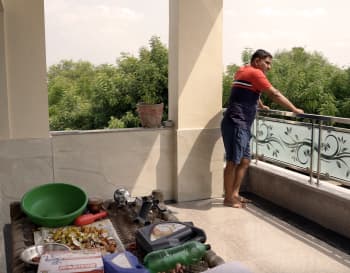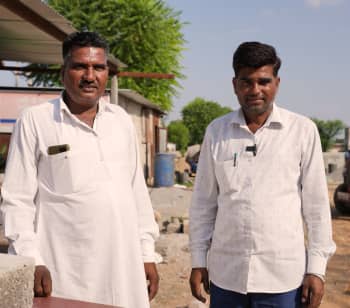Home, Green Home
With temperatures rising every year, more Indians are building climate-friendly, energy-efficient houses to stay cool and reduce carbon emissions. Take a tour of two of these green homes here.
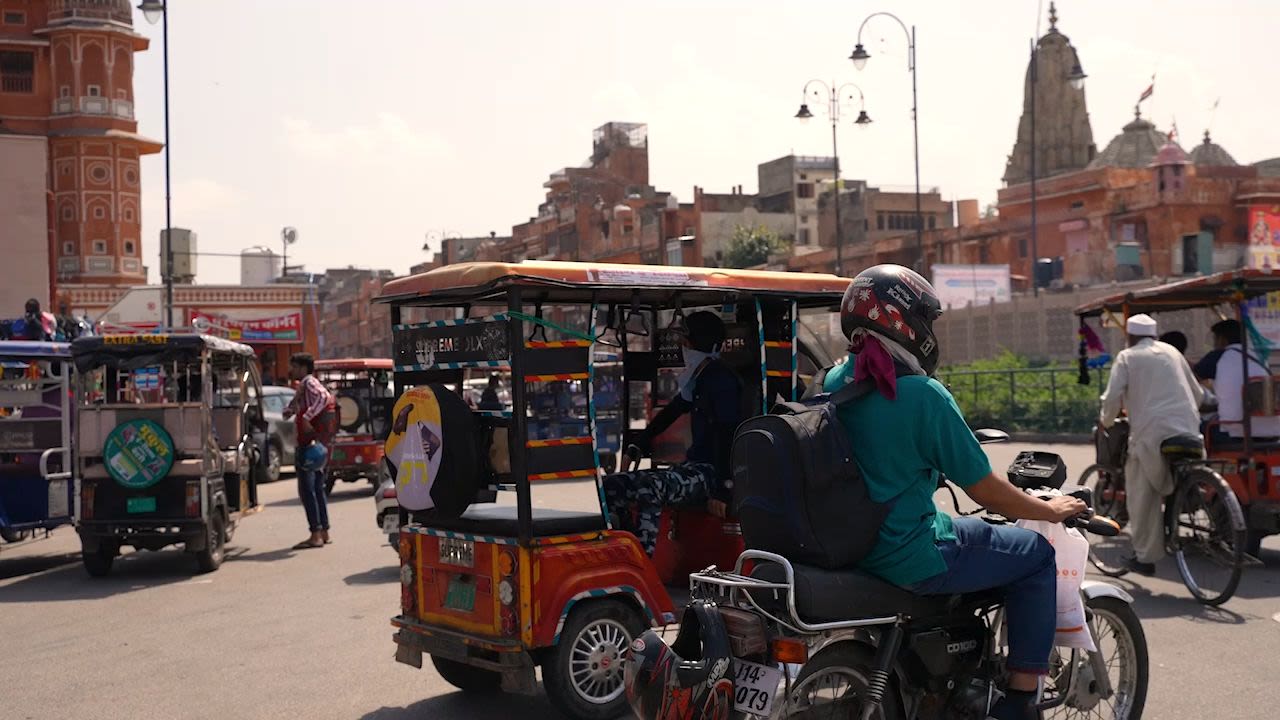
The summer of 2022 was India's hottest ever, with record-breaking temperatures of up to 45.9° Celsius (114.6° Fahrenheit). Such heat waves will become even more frequent and intense, and by 2030, over 160-200 million people across India could be exposed to lethal heat waves annually.
The threat of such high temperatures, a by-product of climate change, is helping to convince a growing number of Indians to build green homes, according to Aavas Financiers Limited, a retail, affordable housing finance company.
Green homes—constructed with features such as aerated bricks, windows with solar shading, efficient ceiling fans, low-flow water fixtures, rainwater harvesting systems, and reflective paint and tiles—can regulate temperatures and use less water and energy than traditional homes. The construction cost is about 2 percent more than a traditional home, and Aavas research shows that "payback value" for homeowners kicks in within two to three years. Overall, green residences help reduce water consumption by 30 to 50 percent and cut energy costs by 20 to 30 percent compared to conventional buildings in India, the India Green Building Council has found.
In a country where people typically build one home and live in it with their extended families for generations, the decision to construct a green "forever home" requires significant research and deliberation. But the urgency of limiting greenhouse gas emissions, alongside a spike in urbanization throughout India, is gradually redefining what homeowners are seeking. Below, homeowners explain how their green homes respond to several pressing needs at once.
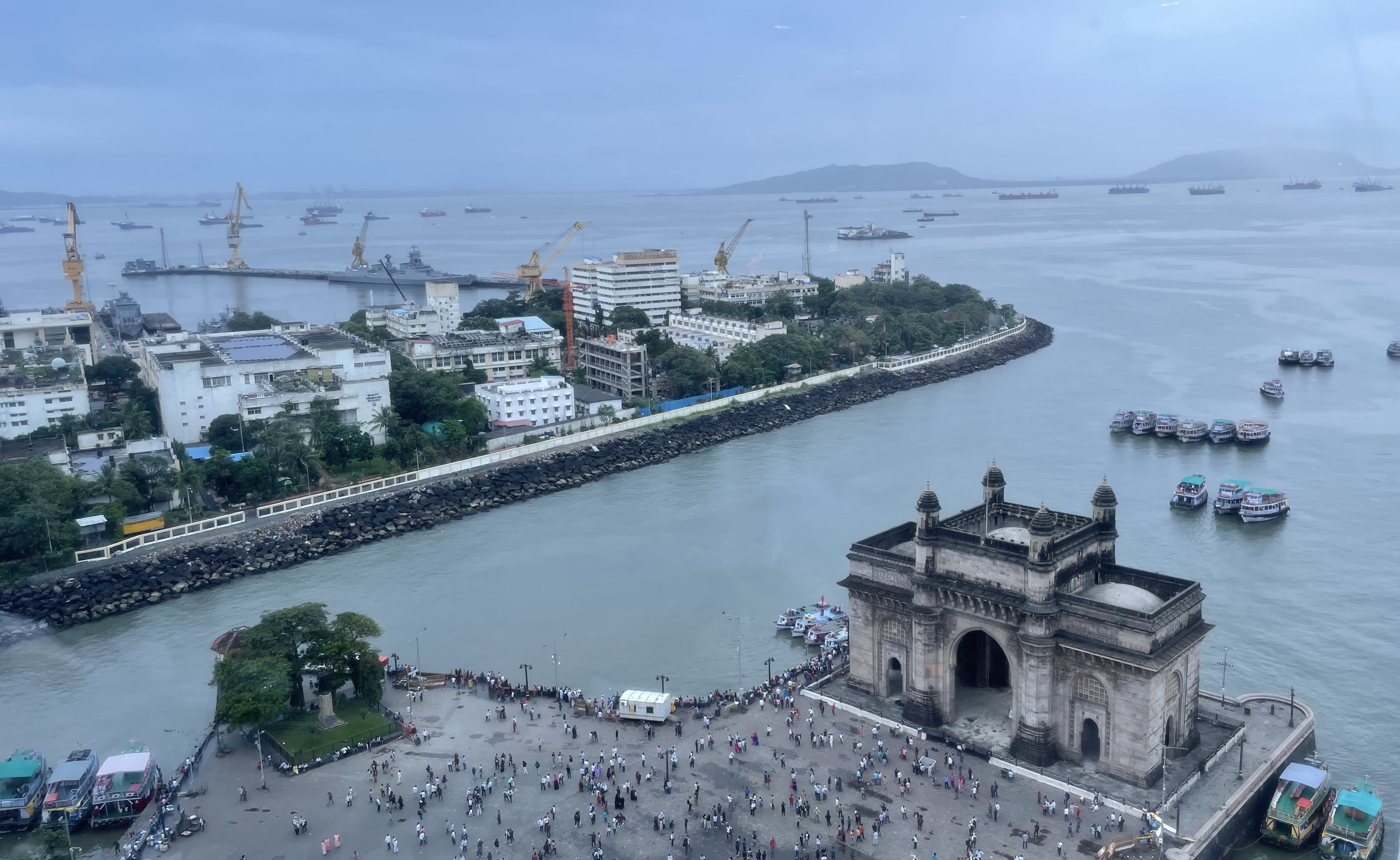
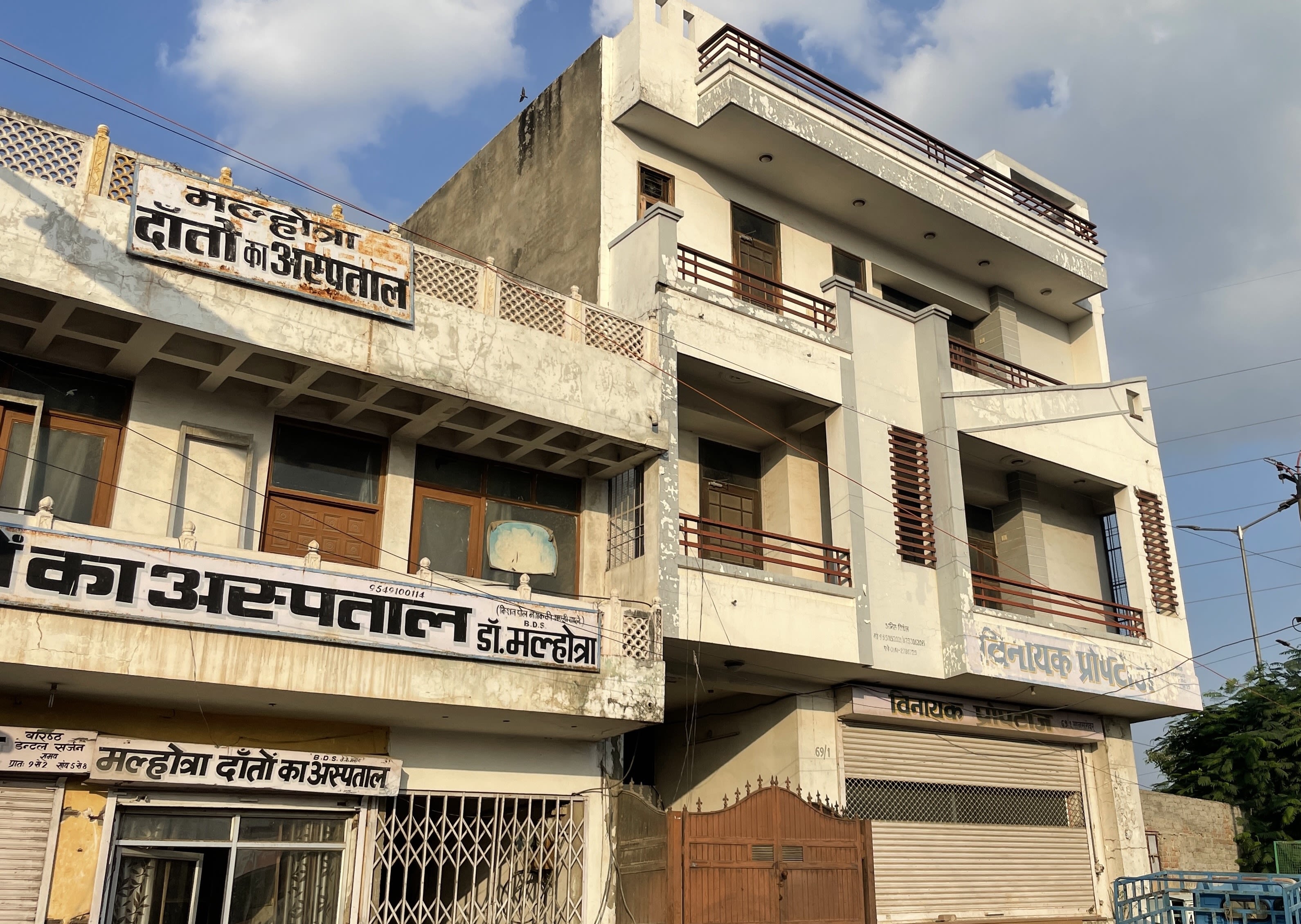
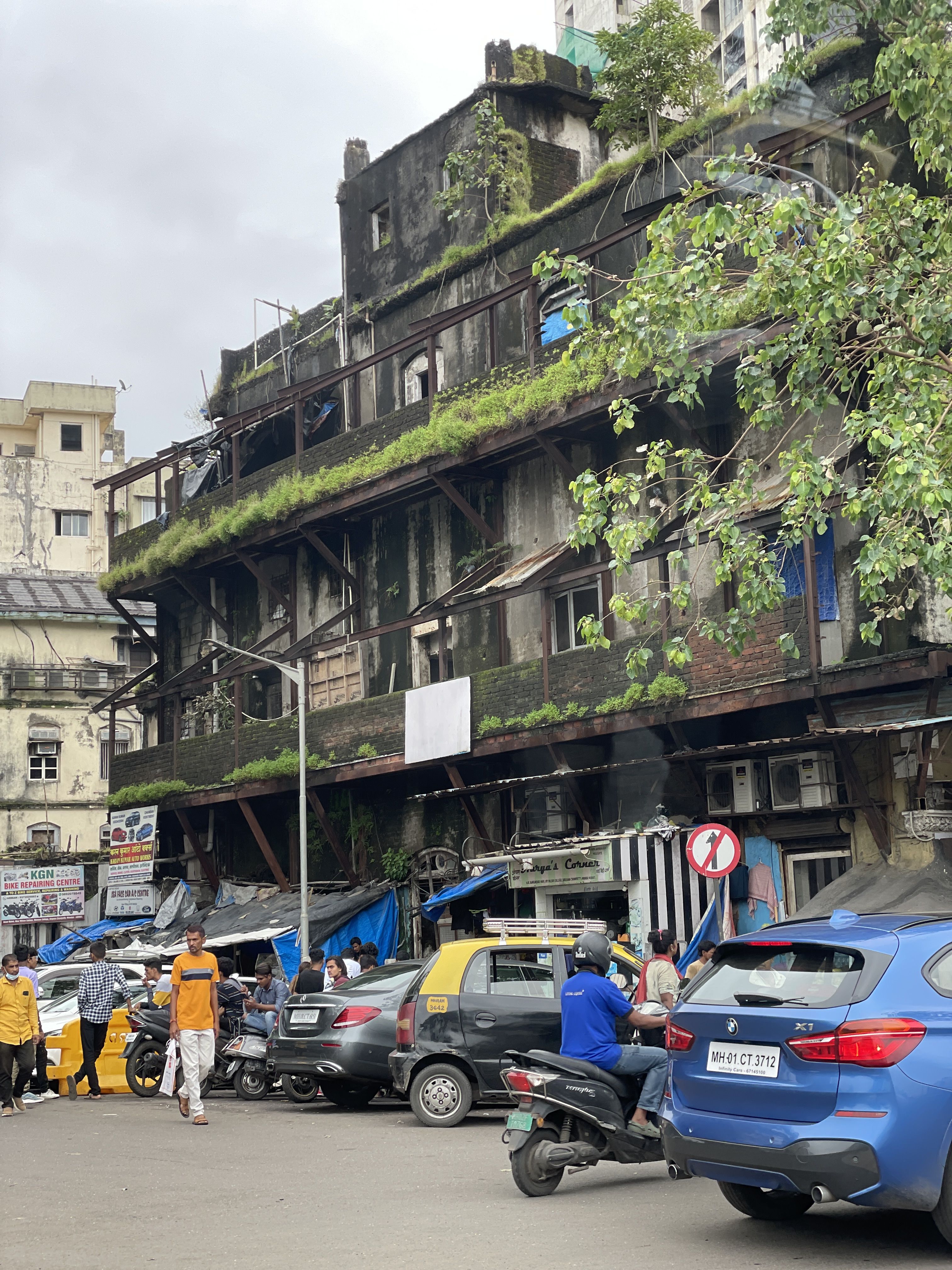
Tour Vidhi Jain's green home!
Vidhi Jain, a homeowner in Jaipur, leads a tour throughout the green home her family is building. Encouragement and advice from Aavas, which finances green homes, helped convince her family of the benefits of an eco-friendly home.
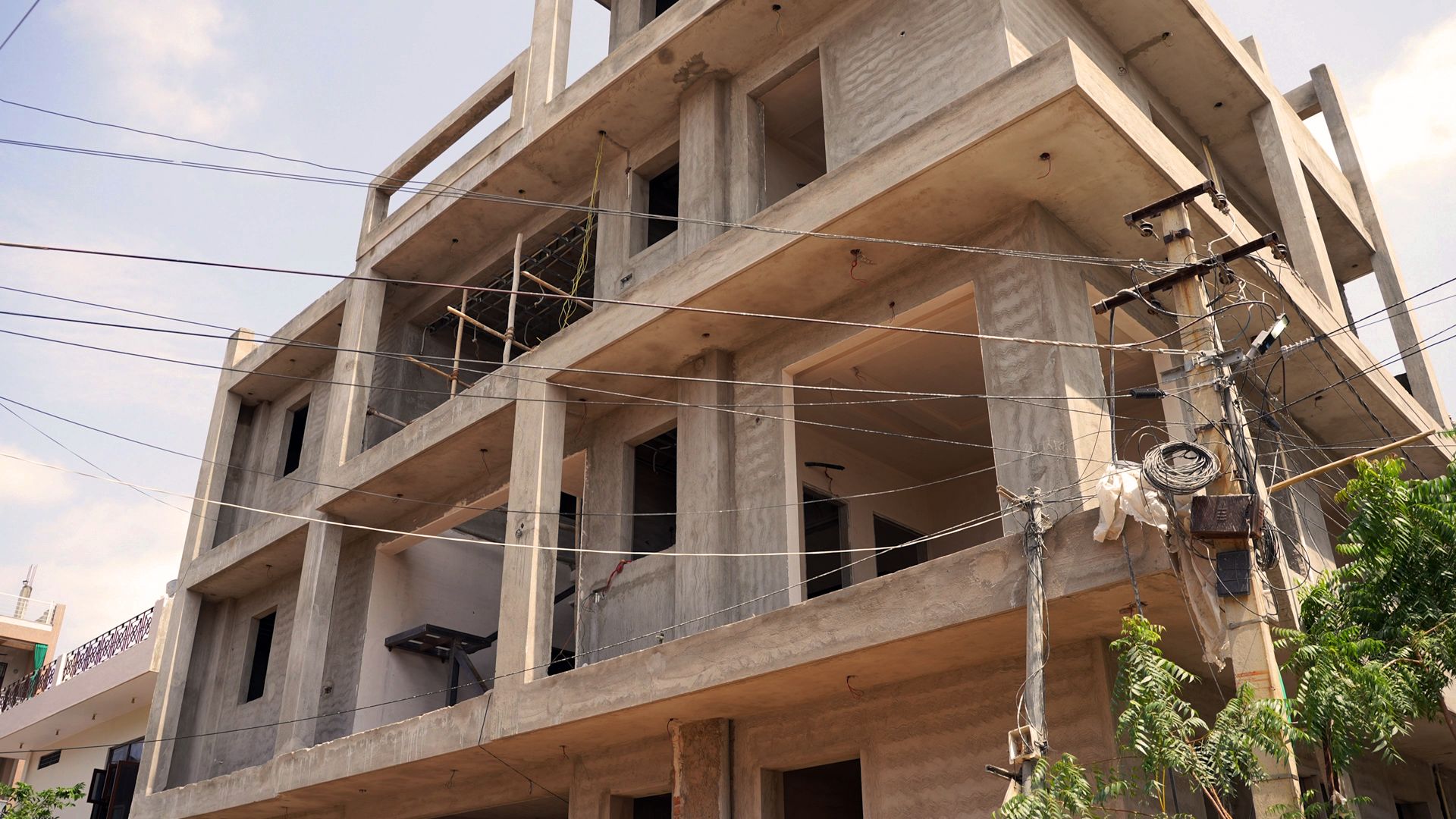
What makes a home "green"?
Windows in a green home open to create areas for cross-ventilation and supply adequate light, which helps lower energy costs. External shades or overhangs block the sun during the warmest periods of the day.
Autoclaved Aerated Concrete (AAC) blocks, also known as lightweight blocks, are standardized, pre-cast bricks that combine sand, cement, lime, water, and an expansion agent. They are lighter and more stable than red bricks, and can keep homes more comfortable because of their good thermal and sound insulation.
One concrete block can replace seven red bricks in terms of energy used and carbon emitted to make an equivalent amount of wall. Brick kilns in India release over 65 million tonnes of carbon dioxide emissions into the atmosphere every year—totalling 2.5% of India’s emissions.
Reflective paint bounces direct sunlight off the walls and roof to keep the house cooler.
Solar panels on the roof help to generate electricity on site and reduce electricity bills. Solar water heaters can eliminate the use of electricity or gas for heating water.
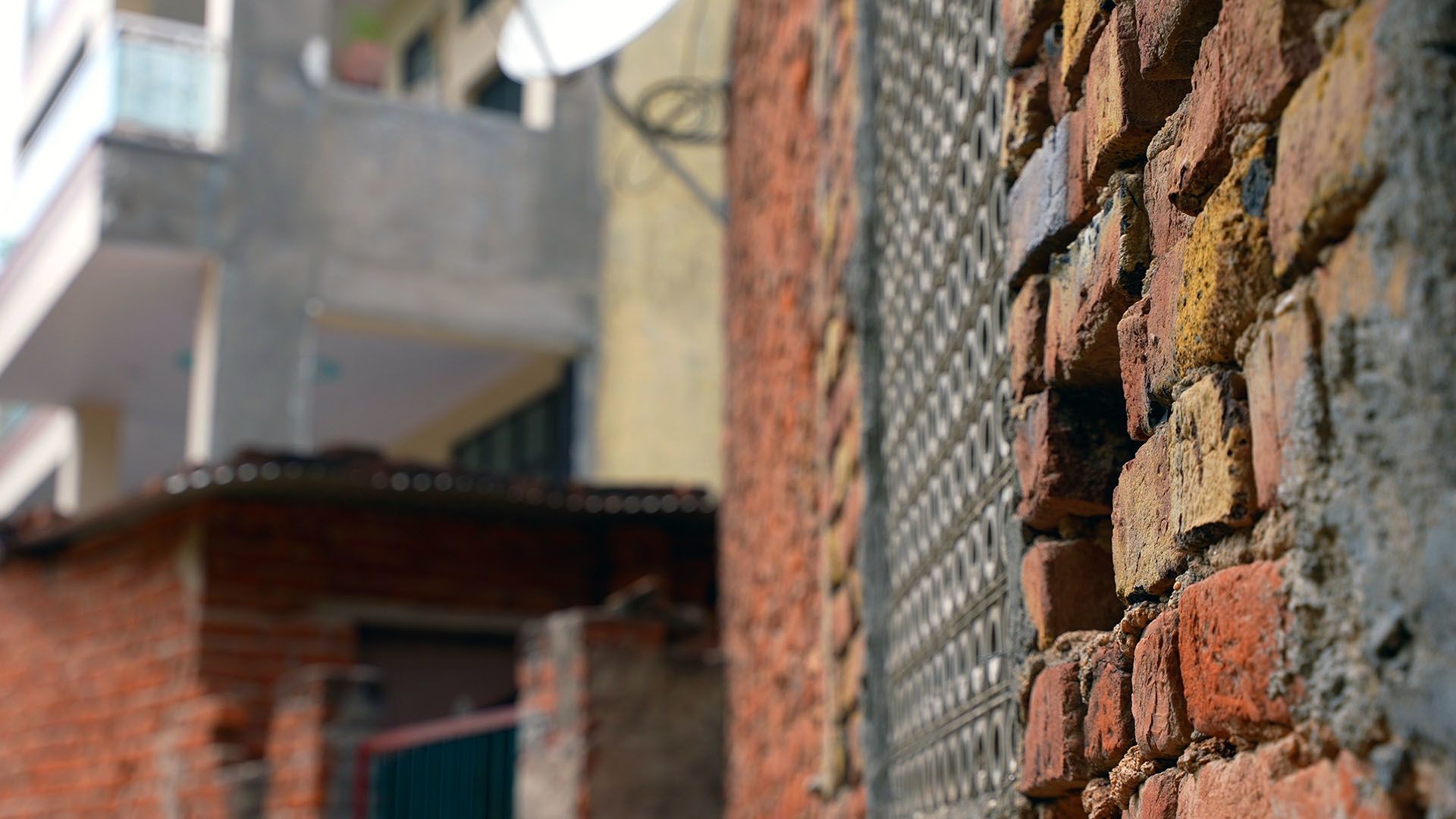
The shift from traditional red brick...
...to AAC block is one of the most visible markers of a green home.
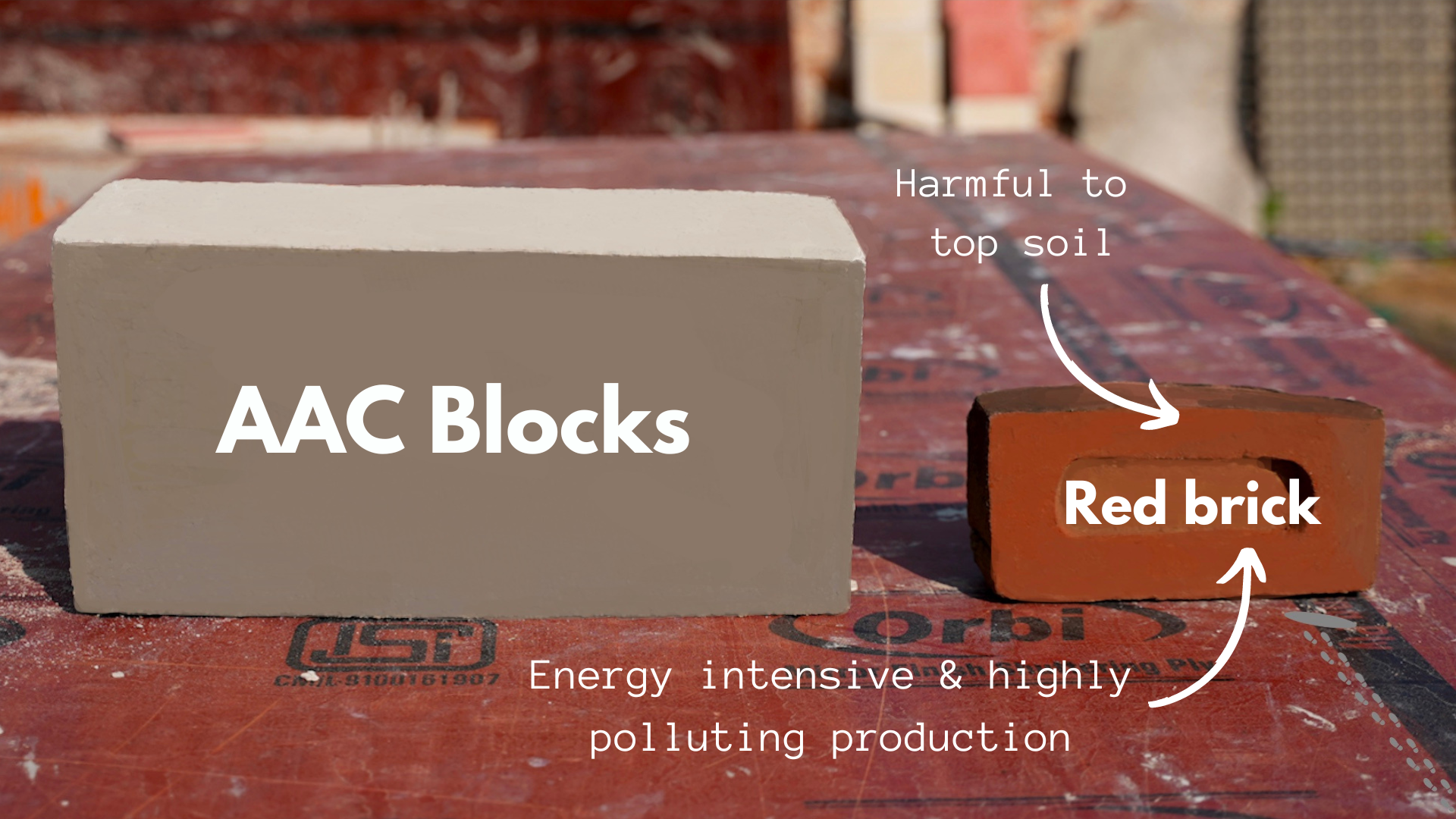
Bhagyeshwari Heerani and her family built this green home near Jaipur to escape the heat, density, and congestion of an urban neighborhood in the city.
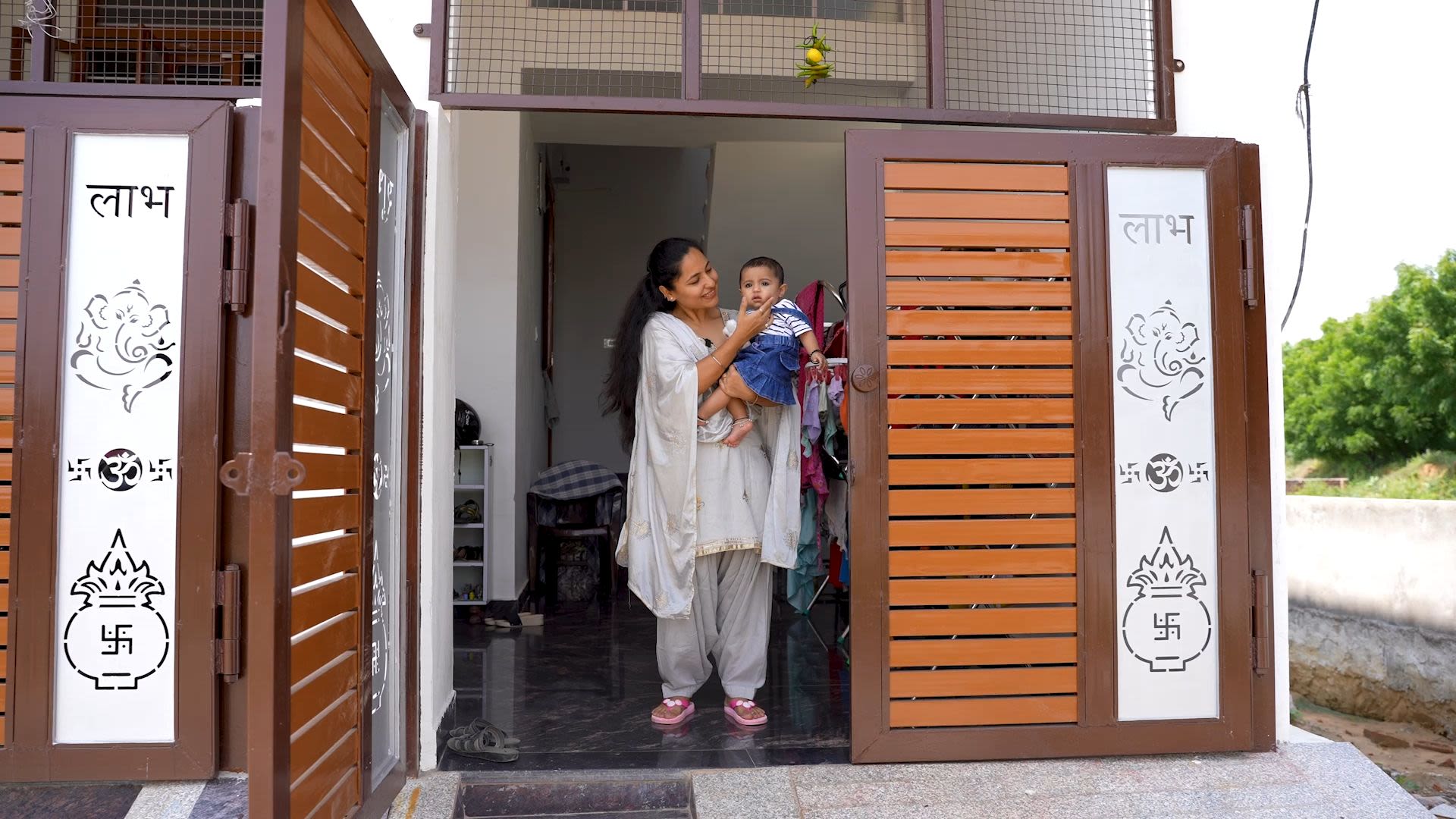
Crowded, noisy, and uncomfortable conditions in Brahmpuri drove Bhagyeshwari's family to relocate and build a green home. They are far from alone: The rapid influx of people to Indian cities has heightened the demand for new residential construction. Resource-efficient homes are an essential way to help alleviate the climate change impacts of development.
"Rapid urbanization has created a huge demand for new construction and infrastructure in India, and new homes will need to be constructed to accommodate this population shift," says Vivek Pathak, Director for Climate Business at IFC. "With India’s vulnerability to climate risks, expanding green-certified and resilient construction in this sector is a must. Green buildings present a great business opportunity for India's housing market and financial institutions."
India has no government-mandated energy efficiency standard for its housing market, so the market is self-regulated and market-driven.
Bhagyeshwari's new home provides benefits year-round. A 12-foot balcony is especially important to the family because it allows them to stay cool when temperatures rise inside the home. "Children have a hard time with the heat, but my daughter is comfortable here," Bhagyeshwari says.
Ghanshyam Rawat, Chief Financial Officer, Aavas Financiers Limited
Ghanshyam Rawat, Chief Financial Officer, Aavas Financiers Limited
Ghanshyam Rawat, the Chief Financial Officer at Aavas, is also thinking about the next generation. "We wanted to pioneer green, affordable housing in South Asia, especially in a time of rising temperatures, [because] with climate change looming, it's more important than ever for people to grow up with natural light and good ventilation. Our green finance packages can make this accessible to everyone."
Education about the benefits of green housing lays the foundation for the future of the industry, says Amit Dass, Head of Technical at Aavas. "With awareness and training, we can keep guiding customers" toward solutions that will benefit them and the planet, according to Dass.
The need to provide housing to millions of people in India’s growing cities presents an opportunity to tackle both the housing deficit and address the climate crisis, says Hector Gomez Ang, Regional Director for South Asia at IFC.
“Sustainable, energy efficient, and resilient homes can ensure the health and safety of residents, while reducing emissions at the same time," according to Gomez Ang. "To get to net zero by 2050, we must build carbon-negative and affordable homes today. Through innovative partnerships, IFC is bridging dual gaps in green housing finance and affordable housing—helping realize the national goal of ‘Housing for All’ and replicating the impact across Asia.”
Bhagyeshwari Heerani at home.
Bhagyeshwari Heerani at home.
Green home in Jaipur, India.
Green home in Jaipur, India.
Bhagyeshwari Heerani with her daughter.
Bhagyeshwari Heerani with her daughter.
A cultural shift
The growing demand for green homes shows that a cultural shift is underway in India, says Shruti Jhanwar, Compliance Manager at Aavas.
"Your own identity is attached to your home [because] in India, a person builds a home only once in their life. The culture is, you’re going to live there for the rest of your life, and you’re never going to re-sell it. It will go to the next generation and the next generation and the next generation."
This "emotional value," she says, means that homeowners want to convey to others that they are using the highest-quality materials, from brick on up.
But sometimes, a brick is not just a brick. "The social perception attached to red brick [is powerful]," she says, because to many people it indicates greater expense and higher quality. By contrast, AAC blocks are associated with industrial buildings and their appearance has been viewed as "less grand." This perception has posed a challenge to Aavas and other green home financing companies.
That's starting to change. Aavas has certified the first ten green, affordable homes through IFC's EDGE, which helps construct resource-efficient and Zero Carbon buildings.
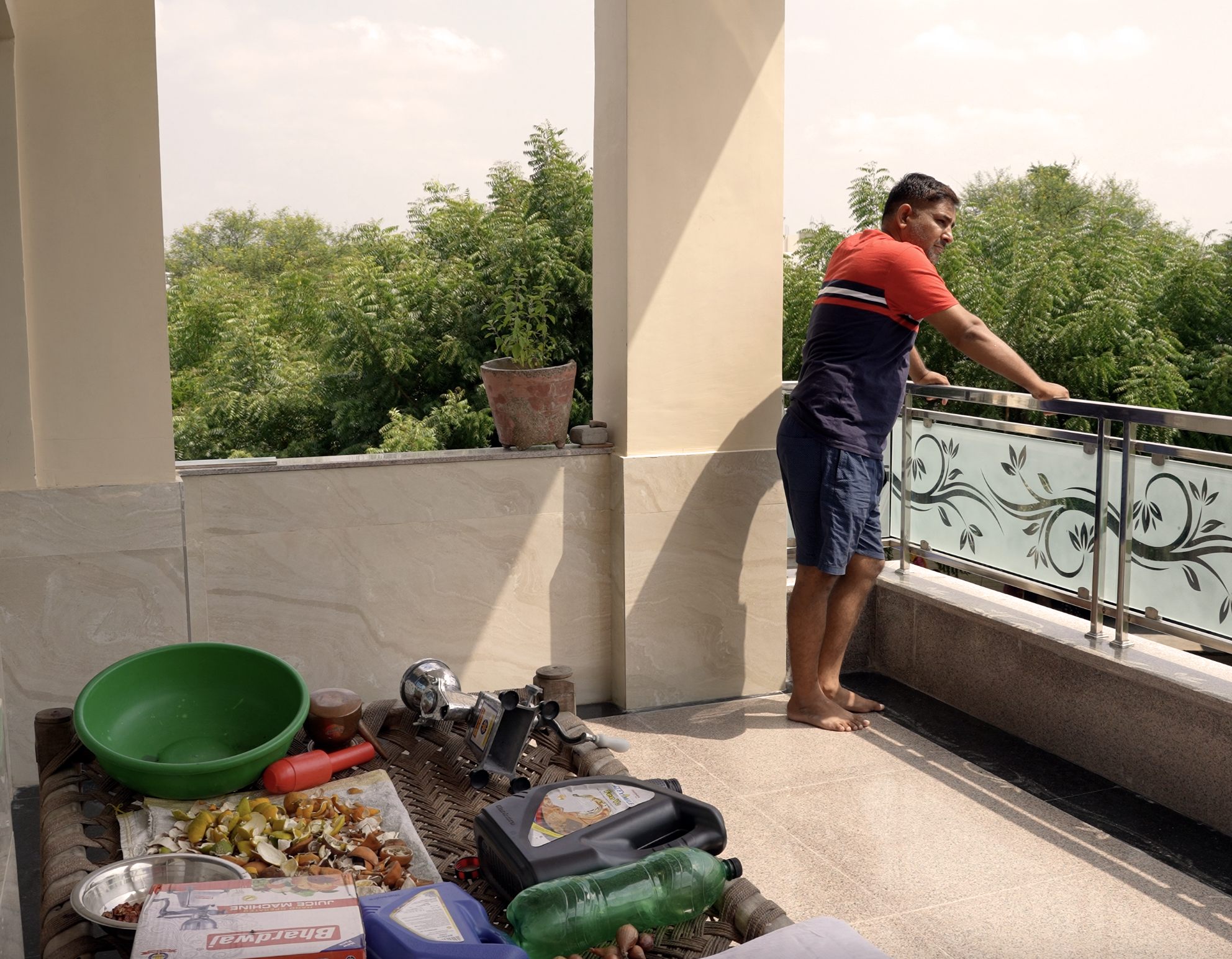
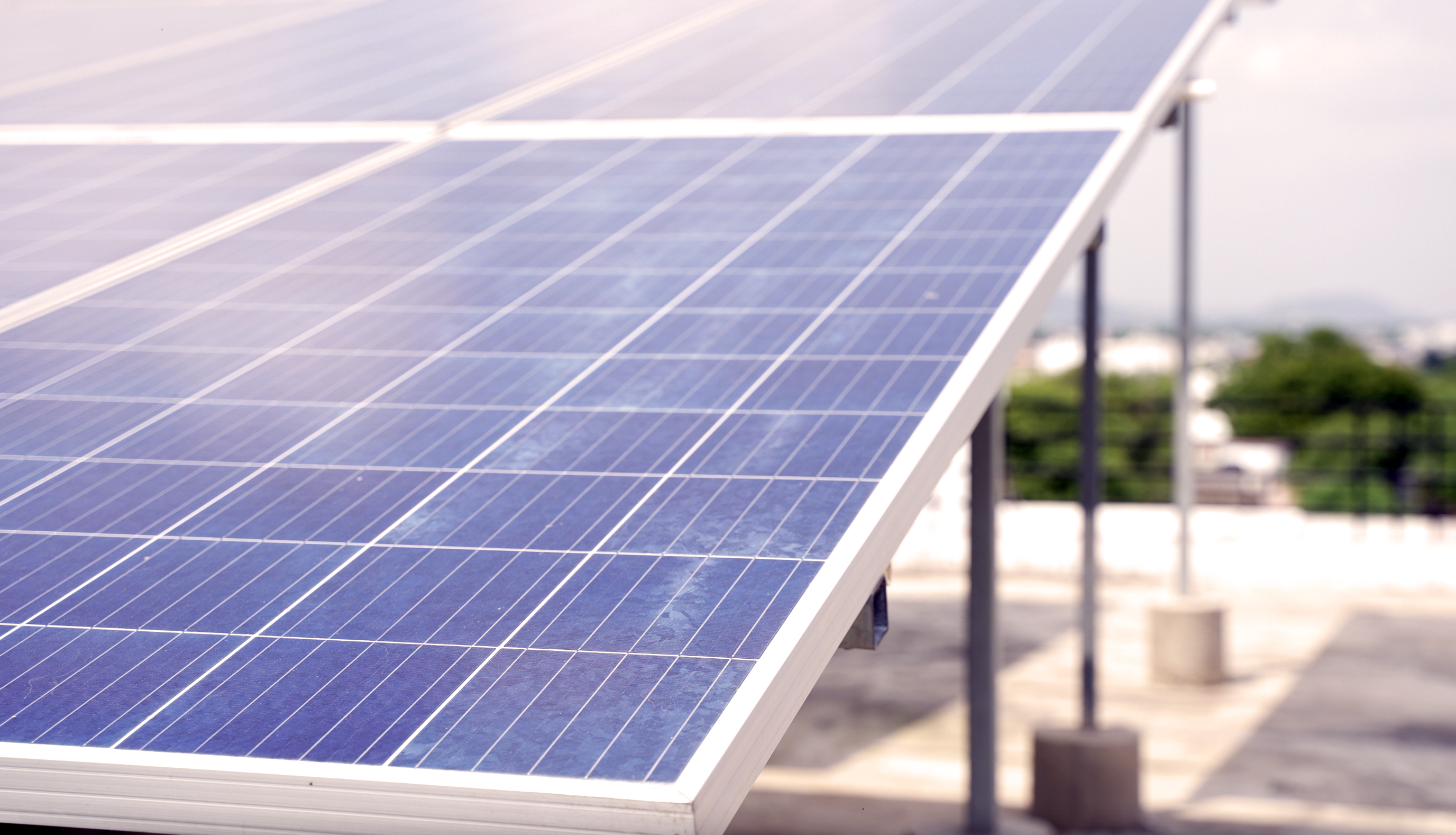
Green job opportunities
Ramdhan Prajapat, a brickmaker, is one of the people helping construct new, green-certified homes. He and his brother Jagdish Prajapat, from Jaipur, have started their own business manufacturing materials for green homes. They took out a small loan and have gradually expanded their offerings.
“We used to work for others as daily wage laborers on construction projects. Slowly, we realized the opportunity and this prompted us to start our own business," Ramdhan says.
As the brothers acquired the skills and experience needed to construct green housing, it has opened up possibilities for a better future. "I realized that I too can make something of myself," says Jagdish.
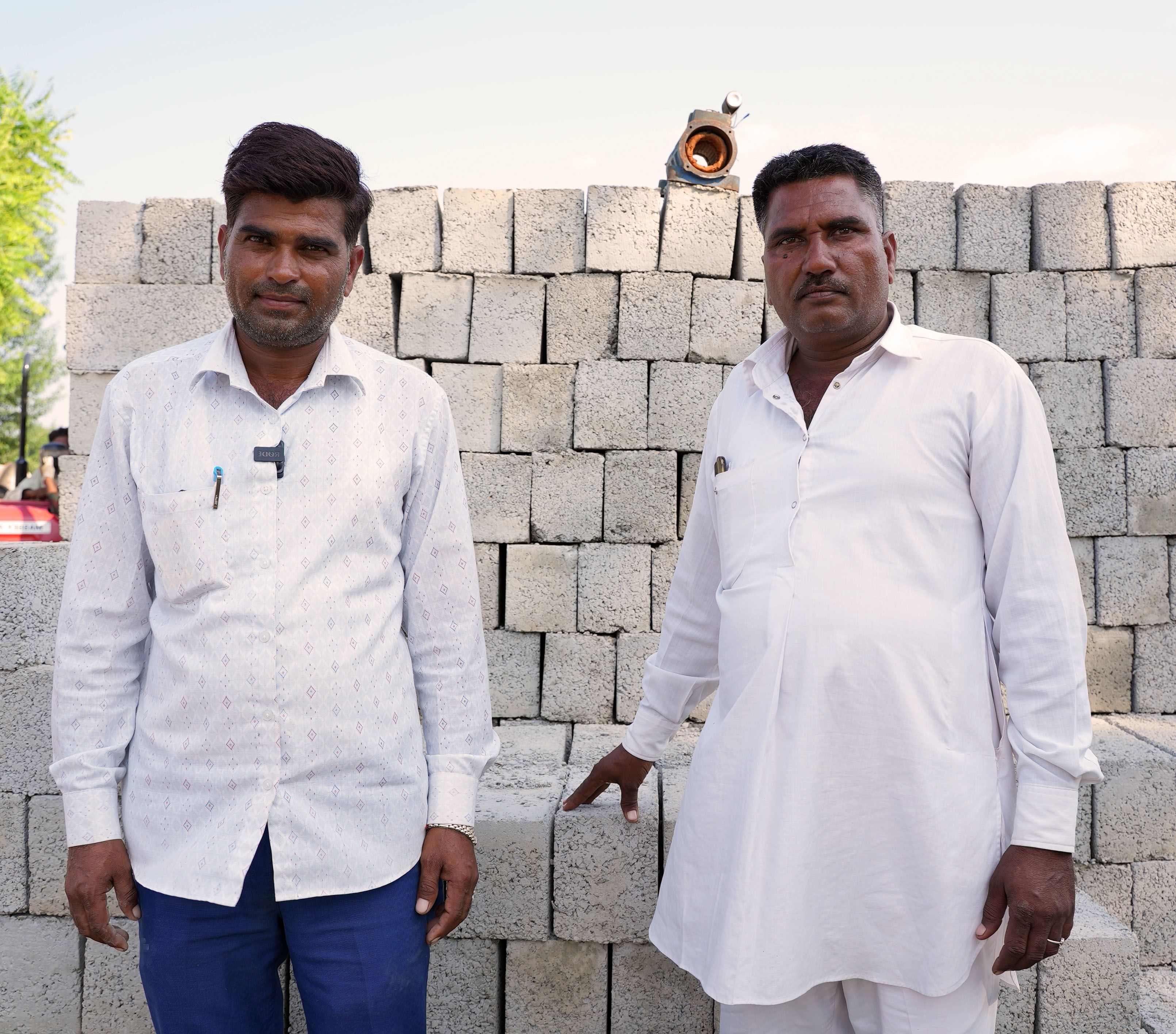
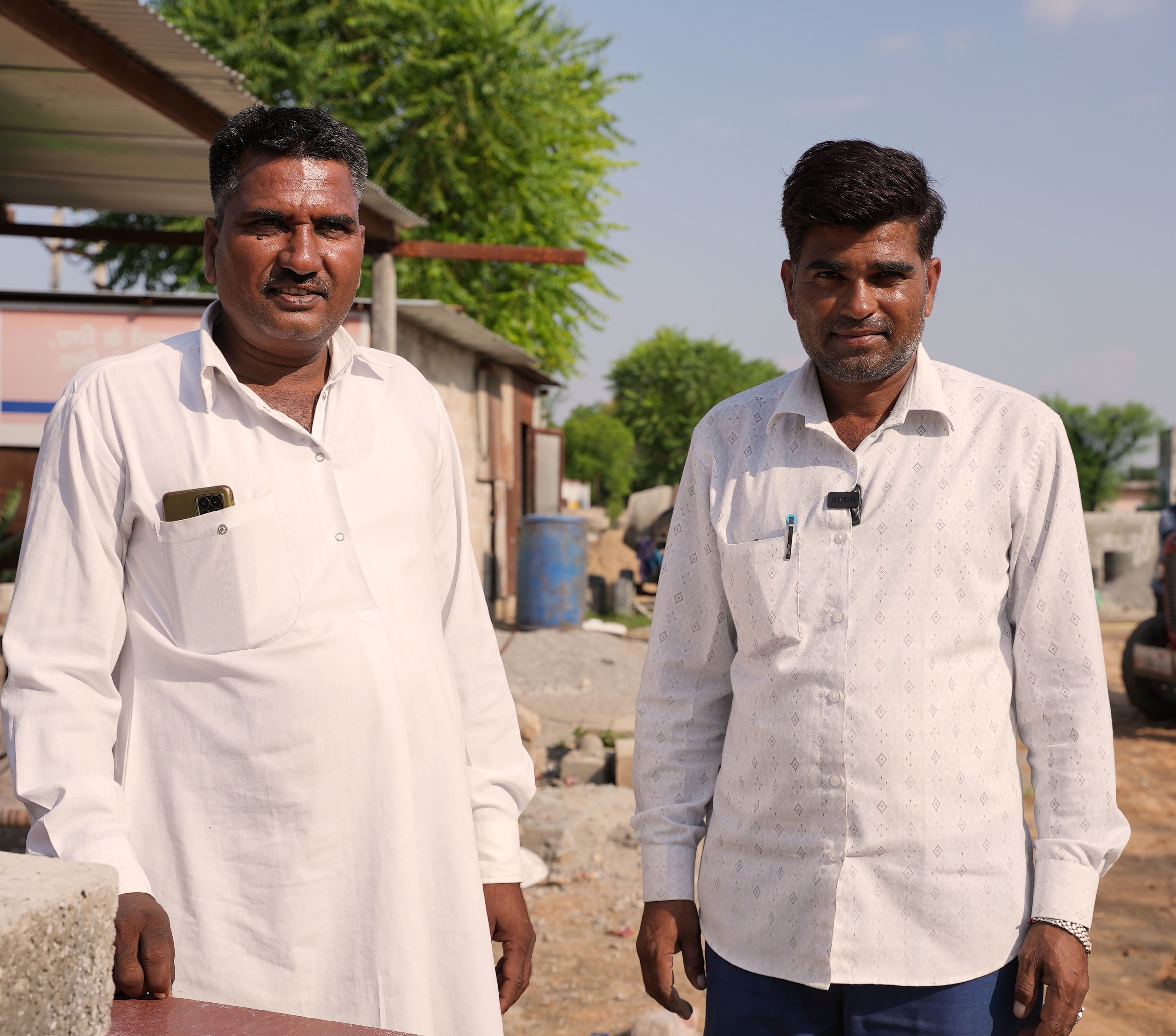
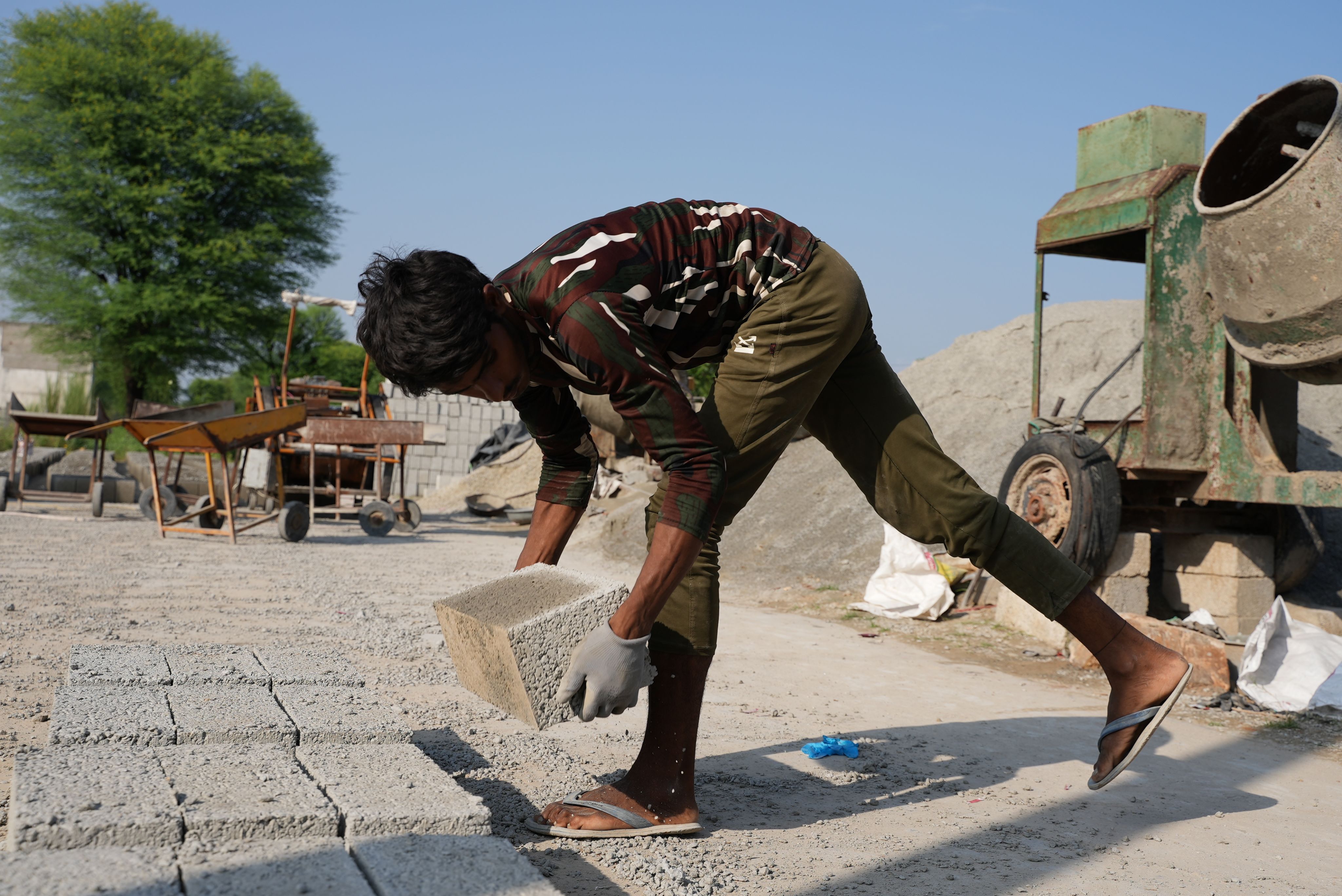
The IFC-Aavas project is supported by the UK-IFC Market Accelerator for Green Construction (MAGC) Program, a partnership between IFC and the Government of the United Kingdom, which mobilizes green building investments that help mitigate climate change.
Read more about building green








